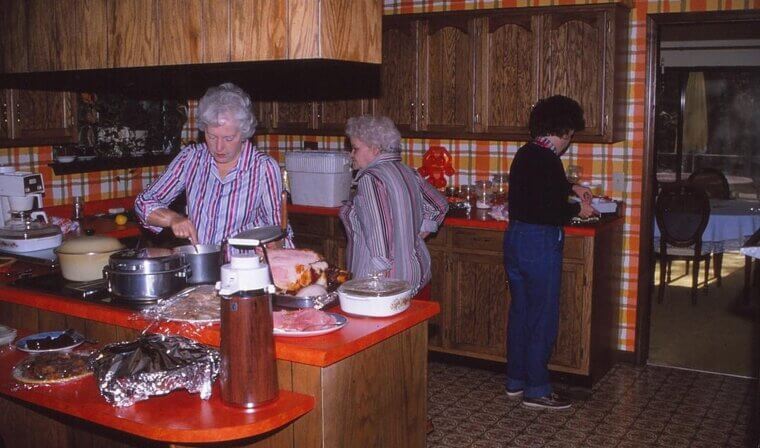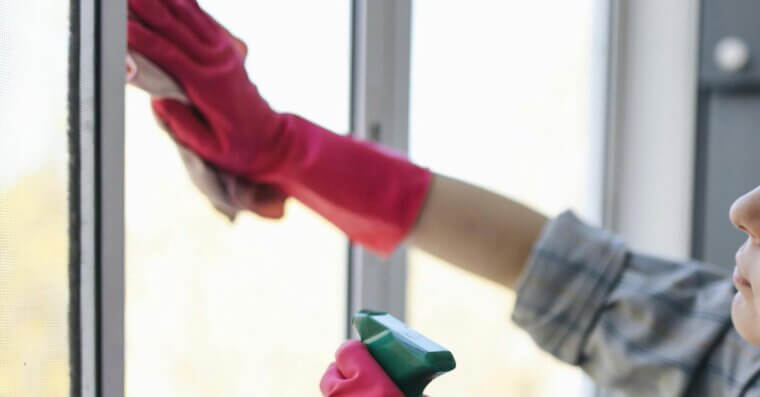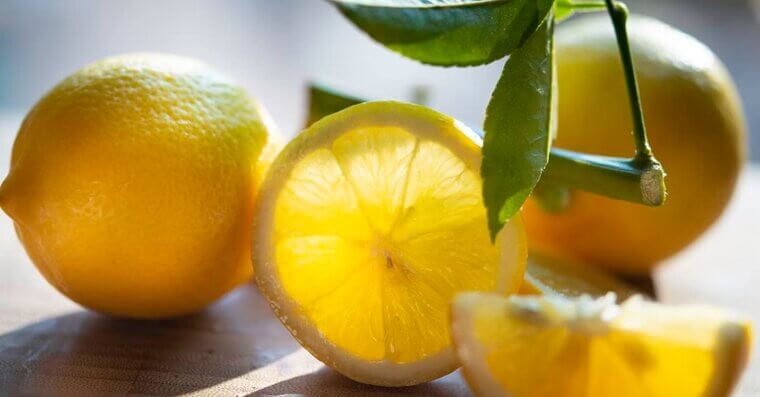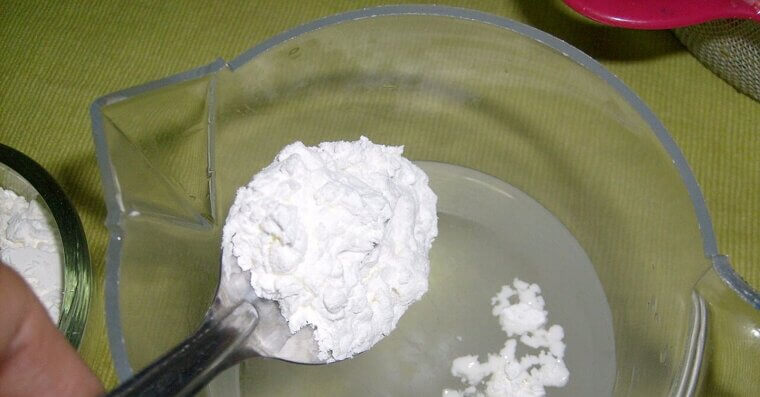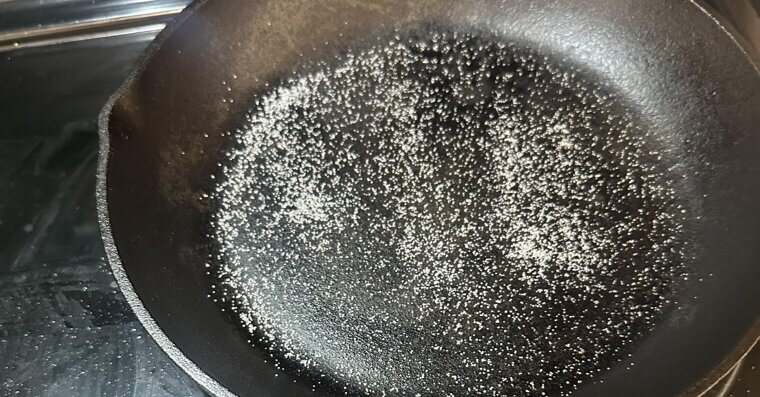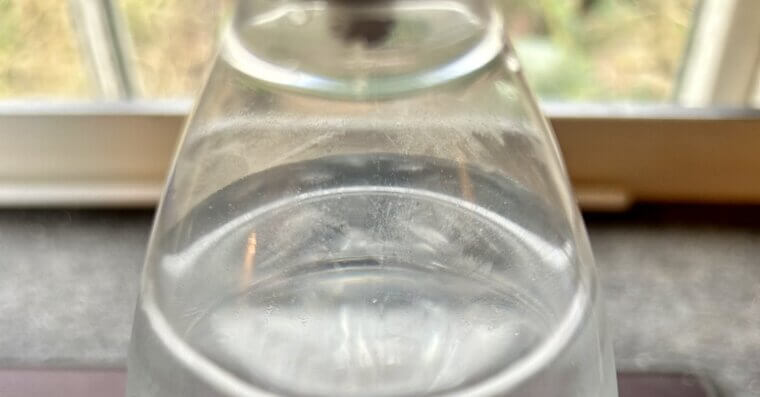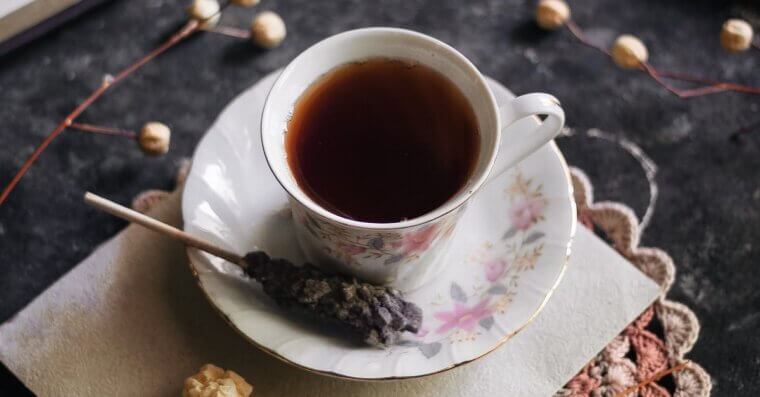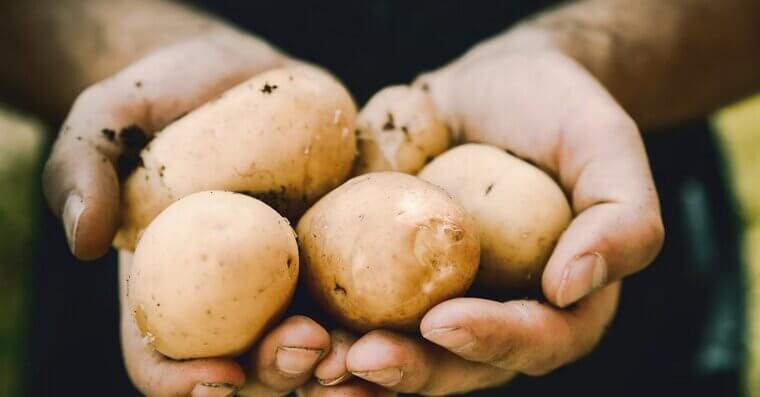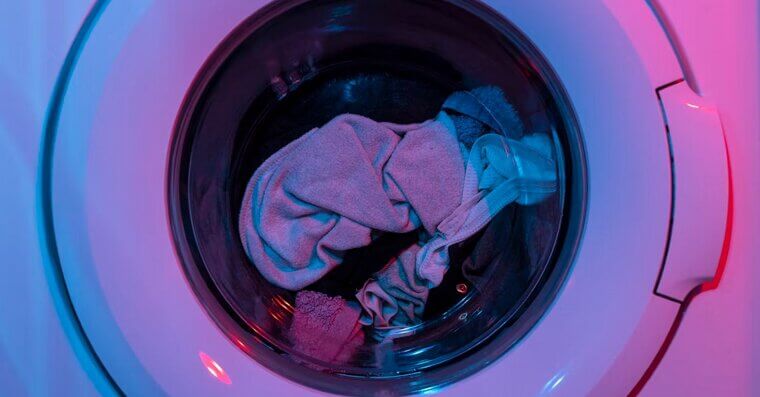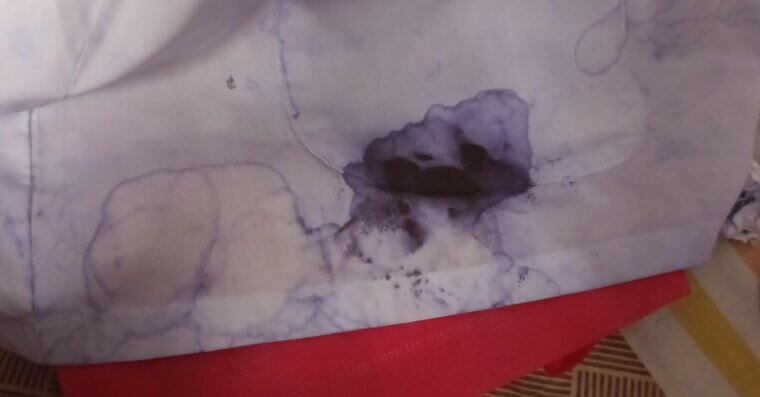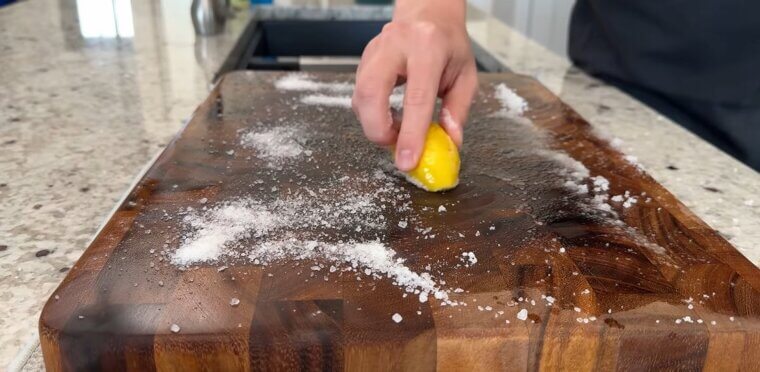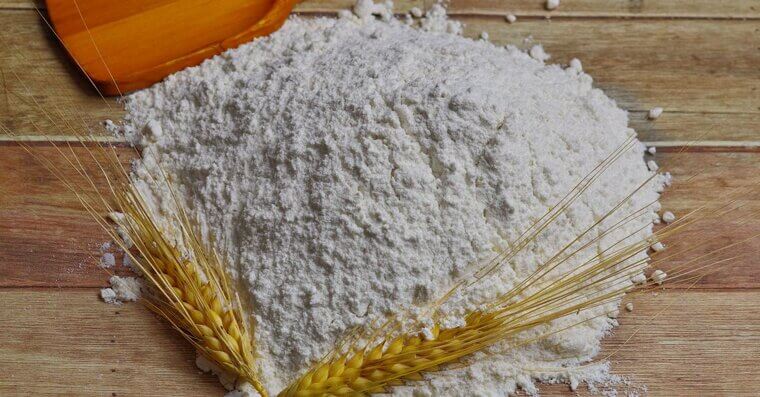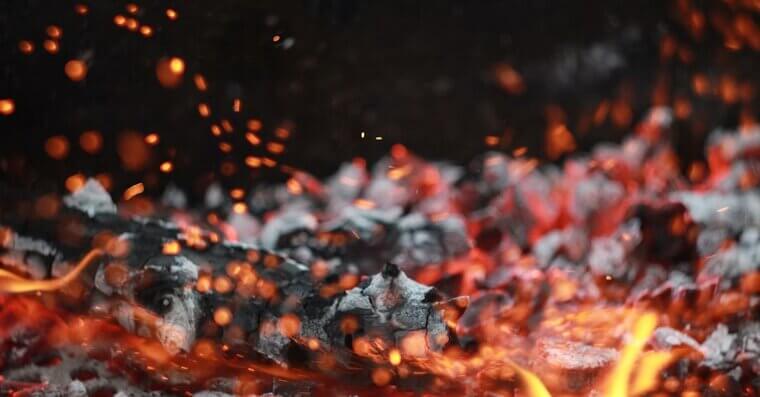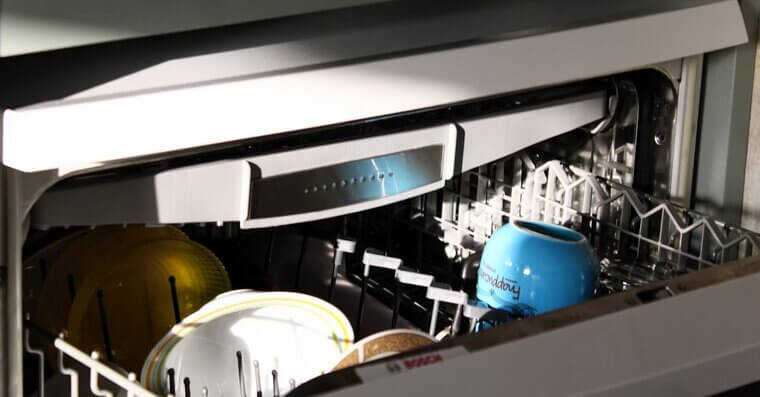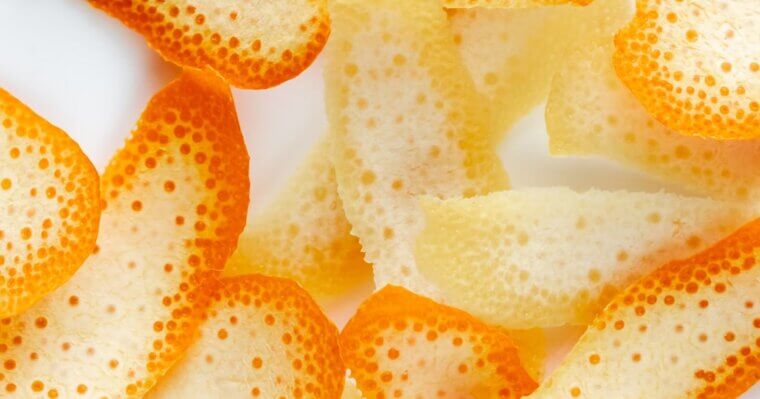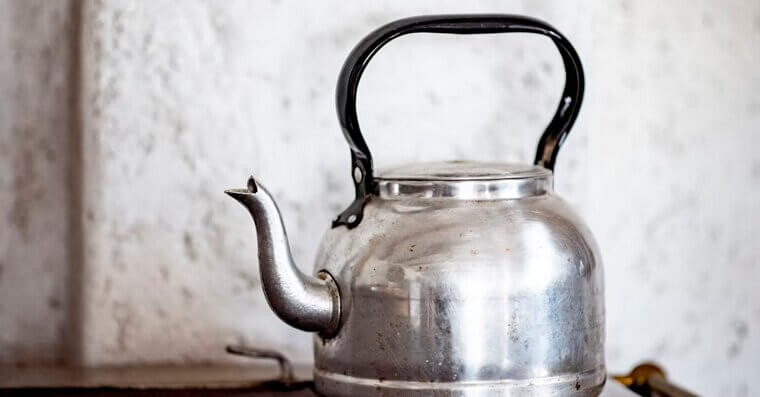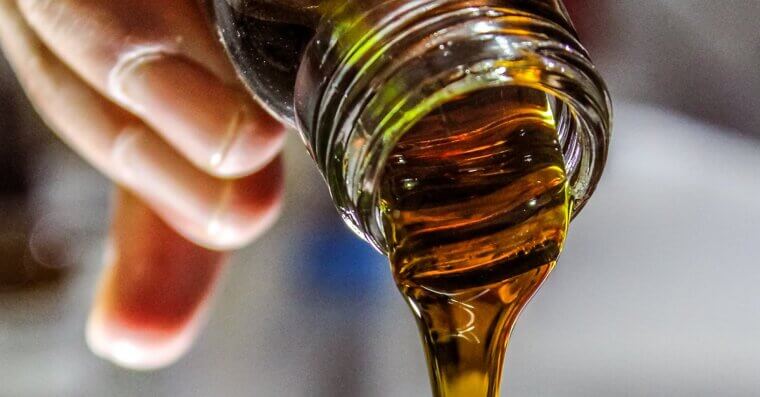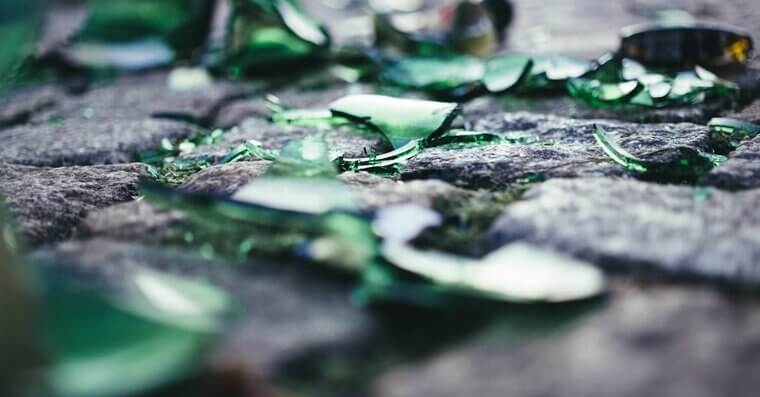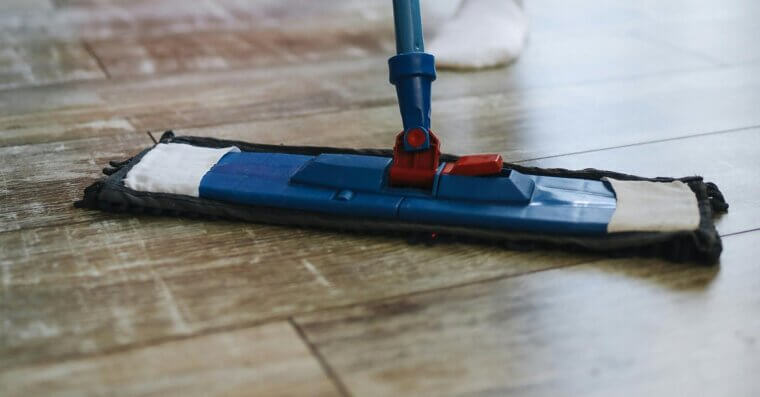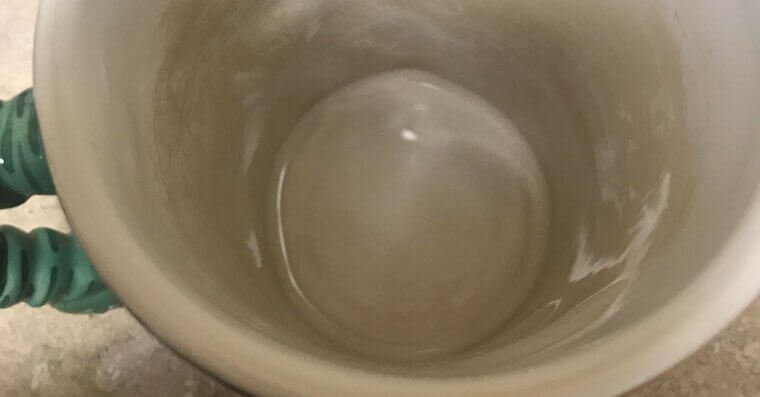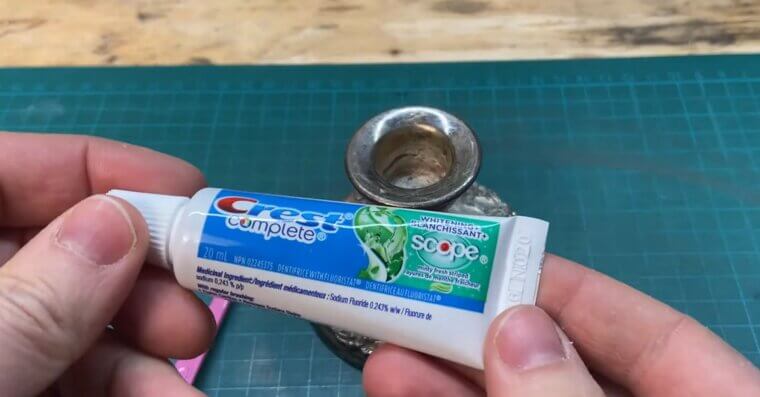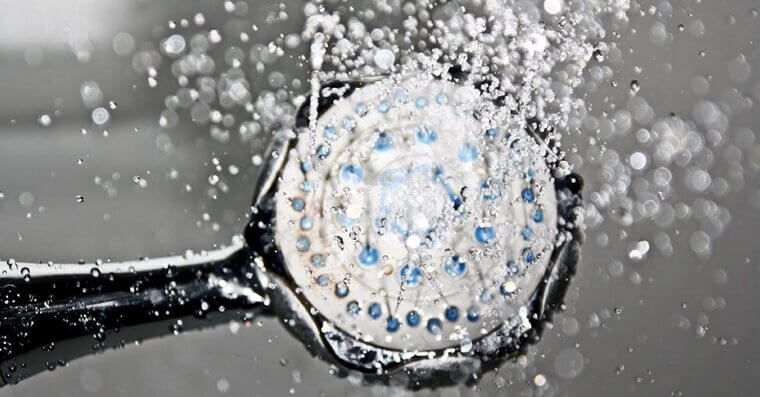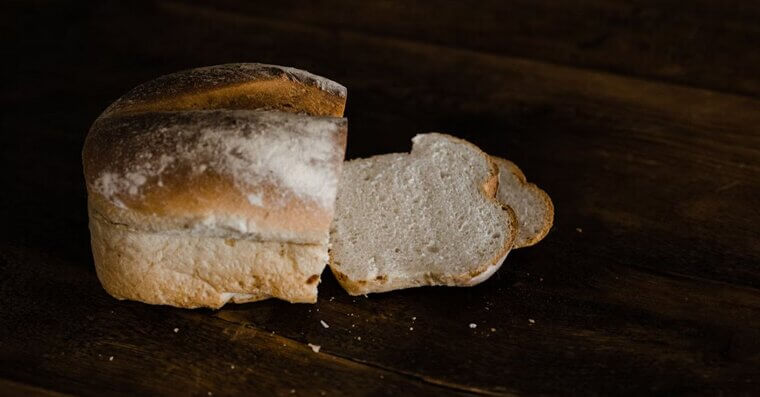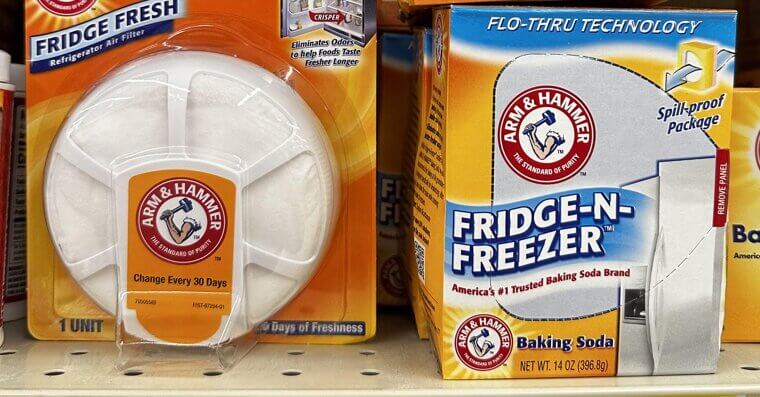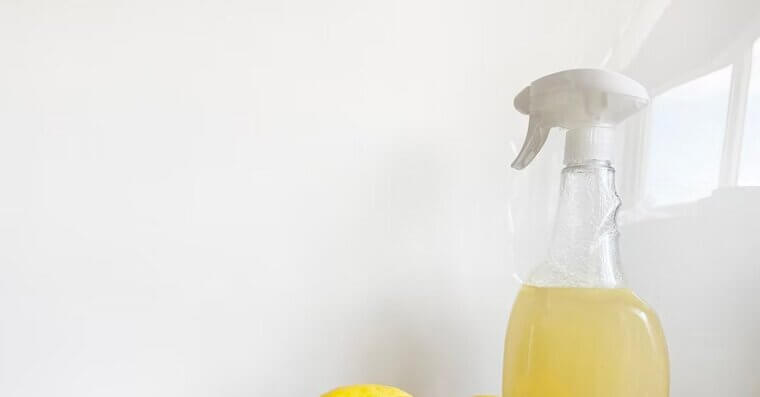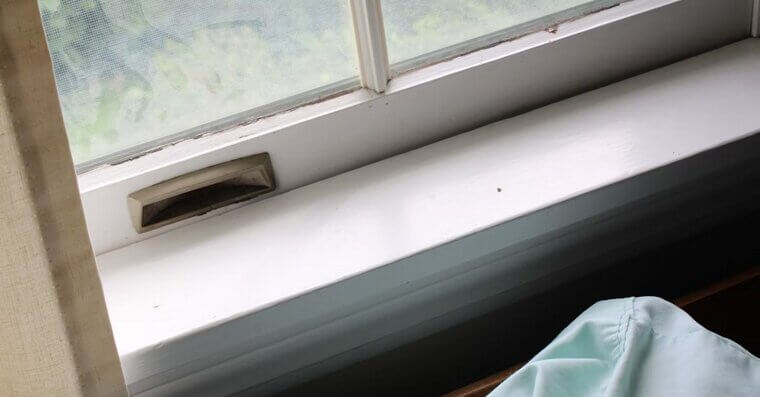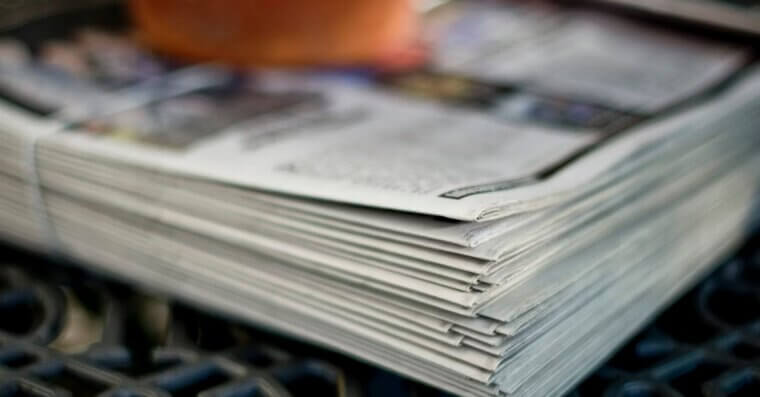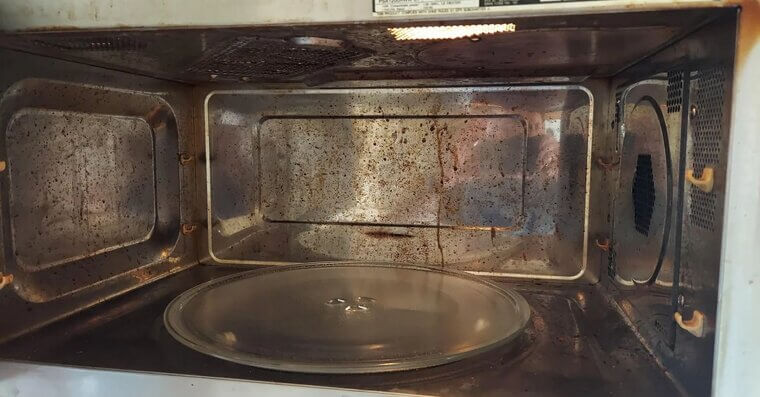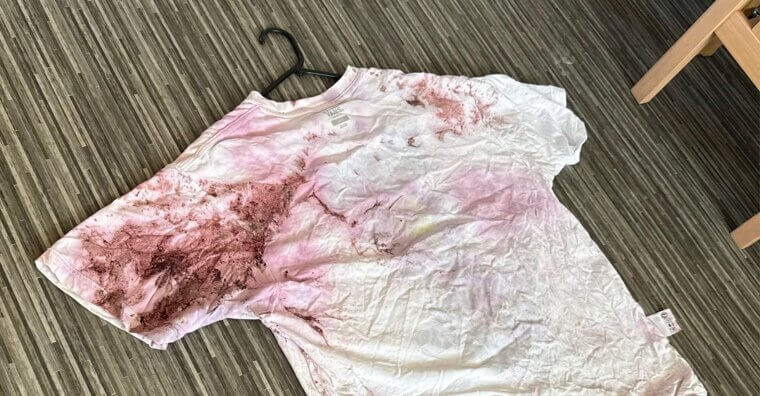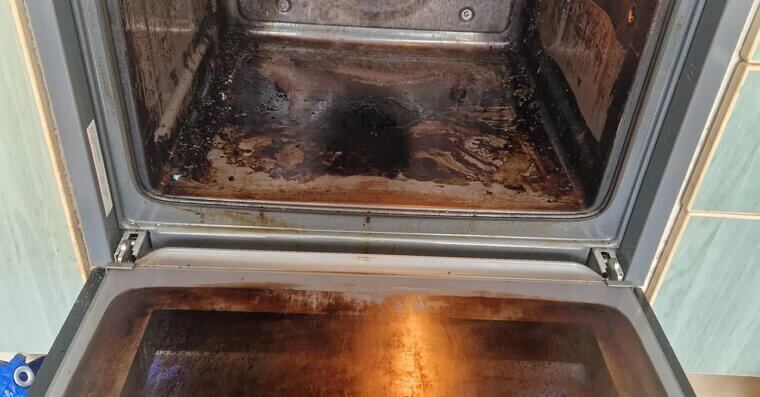Old Cleaning Hacks That Will Always Work
Cleaning may feel like it’s gotten easier with all the sprays, wipes, and gadgets out there - but the truth is, it was already easy and people have just forgotten. Our grandparents leaned on everyday pantry items and clever hacks that cost next to nothing yet worked just as well.
Baking Soda as a Scrub
Instead of reaching for harsh scrubbing powders, people of the past used baking soda to tackle stuck-on messes. It’s gentle enough not to scratch surfaces but tough enough to lift grime from sinks, stoves, and tubs. If you’re having trouble keeping your bathroom clean, why not give it a go?
Vinegar for Streak-Free Windows
Before fancy sprays that could contain irritants, vinegar mixed with water was the go-to cleaner for sparkling windows. It cuts through grease and leaves glass streak-free without that chemical smell. Plus, it’s way cheaper than store-bought cleaners.
Lemon Juice for Stains
Grandma didn’t need bleach pens - she had lemons. A little lemon juice on fabric stains works wonders. The natural acidity breaks down stains while leaving everything smelling delightful. Forget the chemicals and turn to nature instead!
Cornstarch for Grease
Cornstarch isn’t just for thickening gravy. Sprinkle it on fabric or upholstery where grease landed, and it soaks up the oil like magic. Let it sit a few minutes, then brush or vacuum it away. No chemicals need apply!
Salt to Scrub Cast Iron
In the olden days, people used coarse salt to clean cast iron instead of soap. Just pour some salt into the warm pan, scrub with a rag or paper towel, and rinse. It lifts grease and stuck-on bits without damaging the pan’s surface.
Newspaper for Mirrors
Forget fancy microfiber cloths. Old newspapers were once the secret to streak-free mirrors and glass. The paper doesn’t leave lint, and the ink helps cut through smudges. It’s just a pain that no-one really buys newspapers anymore!
Club Soda for Spills
Before stain removers were such a big thing, people reached for club soda. A splash of the stuff on carpet or fabric helped lift wine and coffee stains before they set. The fizz loosens the mess, while the water dilutes it. Make sure to blot, not rub.
Tea for Wood Shine
Instead of expensive store-bought polishes, people once used cooled black tea to make their wood furniture gleam. The tannins bring out the natural richness of wood while wiping away dust. Just brew strong tea, let it cool, and dampen a cloth to rub it in.
Potato for Rust Removal
This one sounds pretty odd, but cutting a potato in half and rubbing it on rusty knives or tools really works. The oxalic acid in potatoes breaks down rust, especially if you sprinkle salt or baking soda on first. Isn’t the humble potato amazing?
Vinegar in the Laundry
Way before fabric softeners, folks added vinegar to the rinse cycle. It naturally softened clothes, reduced static, and even helped strip away detergent buildup. Some people also report that it’s really helped with the fluffiness of their towels.
Milk for Ink Stains
Ink stains are horrible, but there’s an easy trick to get rid of them. Milk! The proteins in milk help pull the pigment out of the fibers. Just drop the stained spot in a bowl of milk for a few hours, rinse, and wash as usual. It might not work in all cases but it will in most.
Lemon and Salt for Cutting Boards
It’s very important to keep cutting boards clean. Whenever they become funky or stained, wise people use lemon and salt. Sprinkle coarse salt on the board, cut a lemon in half, and scrub. The acid disinfects, the salt scours, and the lemon leaves it smelling fresh.
Flour for Sink Shine
This one sounds strange, but it works. After cleaning and drying a stainless-steel sink, sprinkle flour and buff with a cloth. It polishes the metal to a mirror-like shine. Old-school homemakers swore by it, and honestly, it works better than many pricey stainless cleaners today. Just don’t rinse it down the drain!
Ashes for Tarnish
Wood stove and fireplace owners didn’t waste ashes - they used them. Mixed with a little water to form a paste, ashes worked wonders on silver tarnish. Rub gently with a cloth, rinse, and polish. It’s an eco-friendly cleaner from a time when nothing, rightfully, went to waste
Vinegar in the Dishwasher
When dishwashers first became a thing, people just poured vinegar into the bottom and ran a cycle. It broke down hard water deposits, removed soap scum, and kept dishes sparkling. It’s still one of the cheapest and easiest ways to maintain a dishwasher.
Chalk for Greasy Collars
Chalk wasn’t just for writing on the blackboard. (Or throwing at unruly pupils.) Rubbing white chalk on greasy shirt collars or spots absorbed oils before washing. It gave laundry soap a head start and saved clothes from permanent stains.
Borax for Everything
Borax was the all-in-one cleaner before multipurpose sprays existed. It deodorized, brightened laundry, and scrubbed sinks or tubs without scratching. People swore by a simple paste of borax and water for tough messes. And it’s still around, you can still buy it!
Soap Flakes for Gentle Cleaning
Once upon a time, instead of bottled soaps, folks used shaved flakes from a bar. Dissolved in warm water, they cleaned delicate fabrics, upholstery, and baby clothes without harsh chemicals. Worth a try these days if you’re worried about what goes into your cleaners.
Lemon Peel Garbage Deodorizer
Before store-bought garbage fresheners, lemon peels went straight into the bin or disposal where they neutralized odors while leaving a fresh, citrusy scent. It was cheap, natural, and you ended up with zero waste – so definitely something to try if you’re trying to be more environmentally friendly.
Vinegar for Kettles
Tea kettles and coffee pots used to build up mineral deposits fast. The fix your granny likely used was to boil vinegar and water inside, let it sit, then rinse thoroughly. It dissolves limescale in minutes, no scrubbing needed. It’s a trick that works just as well today as it did back then.
Rice for Narrow Vases
Instead of struggling with bottle brushes, people used to use dry rice for their thin-necked vases. Just add a handful with warm water and soap, swish it around, and the rice scrubs away buildup in narrow-necked vases or bottles.
Olive Oil for Wooden Furniture
People buy furniture sprays now, but they could be saving themselves so much money if they used olive oil instead. Most people have some lying around in the pantry, and it can easily be used for dusting. A dab on a soft cloth picks up dust, adds a subtle shine, and conditions the wood.
Bread for Glass Shards
Ever smash a glass and feel mild despair at the fact that there are tiny shards everywhere? Never fear. Just press a slice of bread over the area. The soft, sticky surface grabs those tiny shards that brooms miss. It’s safe, easy, and one of those clever old tricks you can’t believe went out of style.
Vinegar for Floor Shine
Hardwood and linoleum floors looked their best with a vinegar-and-water mop. It lifted dirt, cut grease, and left surfaces shining without residue – plus, it’s cheaper! Ask your grandma, she’ll tell you how it all worked.
Salt for Coffee Stains in Mugs
Coffee rings in mugs used to be scrubbed out with plain salt. The abrasive texture lifted stains without scratching, leaving cups spotless again. Just add a little water and rub gently. It’s so easy, but it’s a hack that’s been almost completely forgotten.
Toothpaste for Silver
Before fancy silver polishes, folks grabbed a tube of plain white toothpaste. A little dab rubbed on tarnished silver brought back the shine quickly. It took a little elbow grease but it definitely wasn’t hard. Then you could use the rest to clean your teeth!
Vinegar for Showerheads
Mineral buildup on showerheads was fixed with vinegar. People tied a small bag of vinegar around the head, let it soak overnight, and rinsed in the morning. The water flowed better, the spray improved, and the shower sparkled again.
Bread for Wallpaper Marks
When walls got smudged, people used fresh white bread as an eraser. Pressed gently, it lifted fingerprints and dirt without damaging the wallpaper. Silly as it sounds, it worked surprisingly well and saved walls from harsher cleaning methods.
Baking Soda for Fridge Odors
Long before those fancy fridge deodorizers, baking soda was the go-to anti-stink. A small open box tucked on a shelf absorbed funky smells and kept food fresh-smelling. It’s cheap, effective, and starting to come back as a hack again.
Vinegar for Carpet Freshening
Spritzing a diluted vinegar solution on carpets neutralizes odors without perfumes. Once it dries, the smell vanishes, leaving a clean, fresh scent. Way cheaper and safer than chemical sprays - and especially handy for pet households.
Soap and Water for Windowsills
People didn’t need sprays for dusty windowsills. Just a damp rag with soap and water wiped away grime quickly. Simple, effective, and no need for unnecessary extras. Sometimes, the old way really is the best way.
Newspaper for Shoe Shine
Polishing shoes with newspaper worked wonders. After applying polish, rubbing with newspaper gave shoes a glossy, streak-free finish. And of course, back in those days everyone would have a newspaper lying around. Maybe you can take up reading the news again for the sake of your shoes?
Vinegar for Microwave Cleaning
Before branded “microwave cleaners,” folks just microwaved a bowl of vinegar and water. The steam loosened stuck-on food, making it easy to wipe clean. No scrubbing, no harsh sprays - just a simple shortcut that more people should try.
Salt for Red Wine
Have you committed the great social faux pas of spilling red wine at a friend’s house? Never fear, there are ways to get rid of it. Some older people swear by salt: put a fair amount of salt on a red wine stain straight away and you have a better chance of washing it out.
Ammonia for Oven Cleaning
Not so long ago, people used ammonia fumes to loosen baked-on gunk. A bowl of ammonia left overnight in a cold oven (not a hot one!) made scrubbing easier the next day. Not fancy, but definitely effective when elbow grease alone wasn’t enough.

